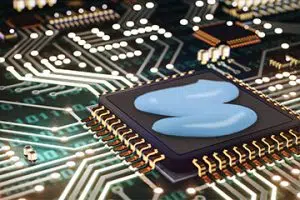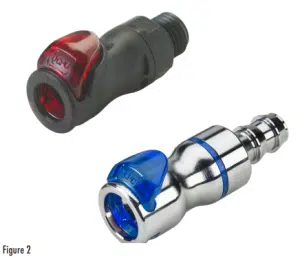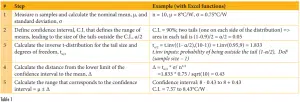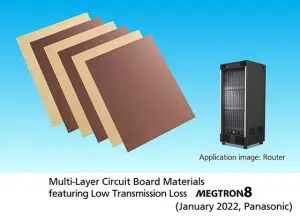Fujipoly® America announces the release of its new SARCON® SPG-70A. It is a high flow rate, high heat transferring compound that exhibits a thermal conductivity of 7.0 W/m°K and has the lowest thermal resistance among our dispensable SPG products. When applied between heat-generating components and a nearby heat sink or spreader, the form stable thermal material completely … [Read more...]
Thermal Adhesive Tape with Extremely Low Thermal Resistance Reflects Synergistic Innovation Between DuPont and its Laird Performance Materials Acquisition
The Laird™ Ttape™ 1000A thermally conductive adhesive tape delivers best-in-class thermal resistance WILMINGTON, Del., June 3, 2022 - Laird Performance Materials, part of DuPont Interconnect Solutions, has capitalized on collaborative innovation with DuPont to introduce Laird™ Ttape™ 1000A thermally conductive adhesive tape, a standalone 50µm adhesive that offers extremely … [Read more...]
Why Chemical Compatibility Is Vital To Your Liquid Cooling System
Power densities in electronic subsystems continue to increase, driving demand for more extreme cooling power alternatives that increasingly include liquid cooling as a viable candidate. To optimize thermal management efficiency, sustainability and reliability, designers of systems that use liquid cooling are exploring innovative combinations of component materials, including … [Read more...]
Confidence Intervals
The previous articles in this series [1, 2] described how the mean and standard deviations of a set of data are calculated and how they can be used to estimate the characteristics of a population using the normal distribution. Since measured data typically represents only a subset of an entire population, one should recognize that the estimated mean and standard deviation … [Read more...]
Panasonic Develops MEGTRON 8 Multi-Layer Circuit Board Materials Featuring Low Transmission Loss for High-Speed Communication Networking Equipment
Osaka, Japan - Panasonic Corporation announced today that its Industry Company has developed MEGTRON 8[1] Multi-Layer Circuit Board Materials Featuring Low Transmission Loss [2], designed for high-speed communication networking equipment such as routers and switches. The worldwide deployment of the fifth-generation mobile communication system (5G) is fostering the trend of … [Read more...]
- « Previous Page
- 1
- 2
- 3
- 4
- 5
- …
- 40
- Next Page »










